Vegan or not vegan
If you are like me, you are here because you are looking for a thickening alternative to gelatin for cold preparation desserts.
Agar as a Vegan alternative to gelatin is an easy solution

Even before my vegan days I’d always thought gelatin was disgusting.
But it makes total sense since after all gelatin is nothing more than a protein obtained by boiling skin, tendons, ligaments, and/or bones with water.
Usually obtained from cows or pigs.
Hence the smell when you melt it.
No thanks.
Once I discovered the wonders of agar it was on like Donkey Kong and my vegan desserts have been transformed.
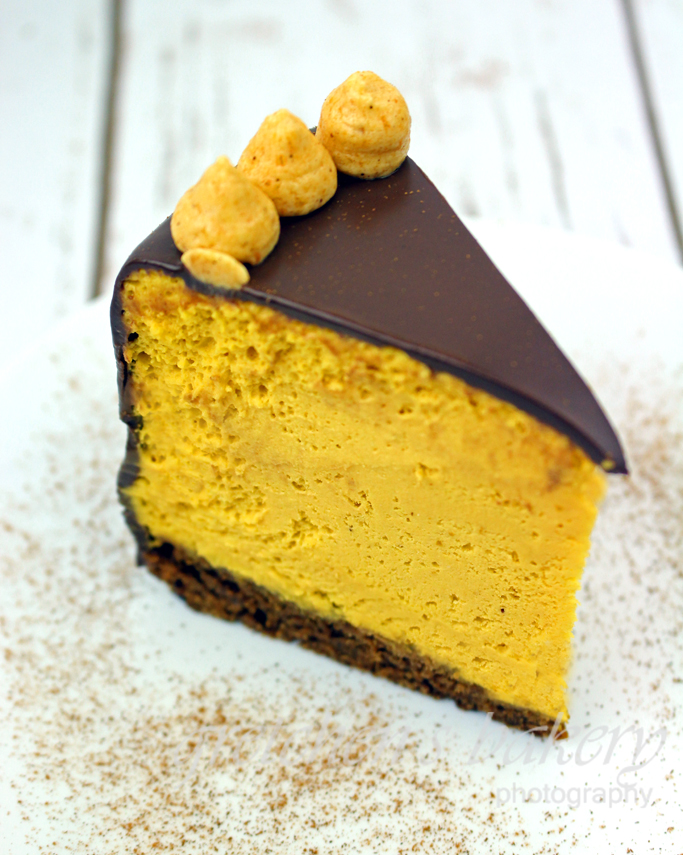
But not without some trial and error and a bit of knowledge of what this gelling substance is made of
And how to adjust it for the best results in your recipes.
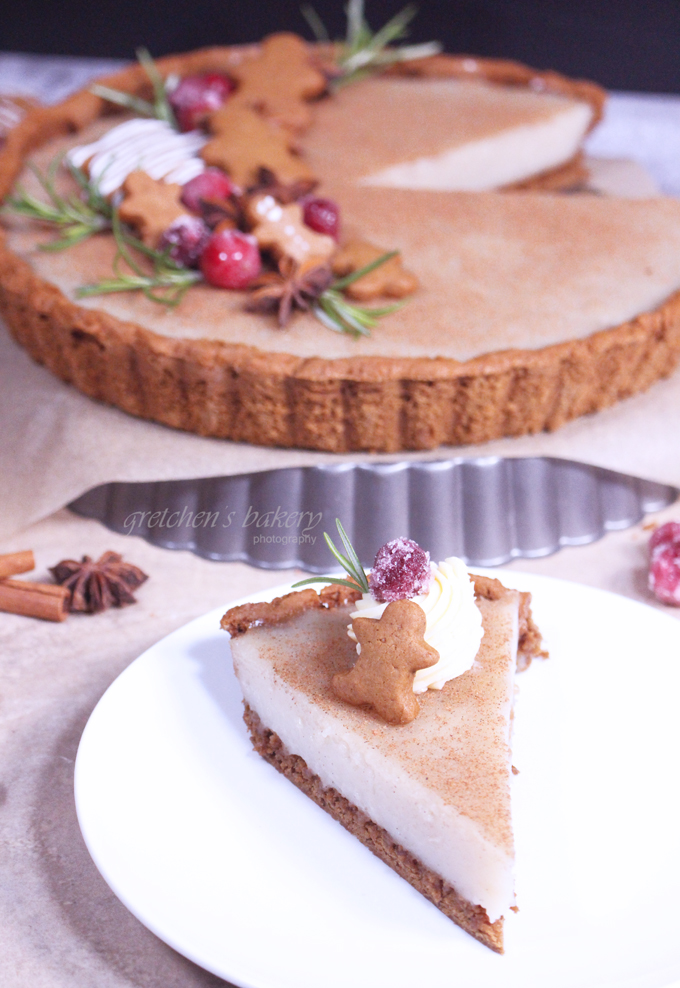
At a glance, agar is made from seaweed, technically red algae.
It comes in three forms: Powdered, Flakes or Bar.
I will only be using the powdered form here in my recipes.
The only real difference between the three kinds is their composition when you buy it and then the ease of preparation with each form.
Spoiler alert: powder is easiest to work with!
Essentially we want to end up with powder before adding to the recipe so why not just buy it already powdered?
But for those who can’t get it you will just have an extra step.
I use this one here it is available from Amazon but Asian Food Markets have comparable brands and styles.
Gelling strength and taste can vary from each manufacturer so I tend to try to stick with one brand for consistency in my desserts from one to the next
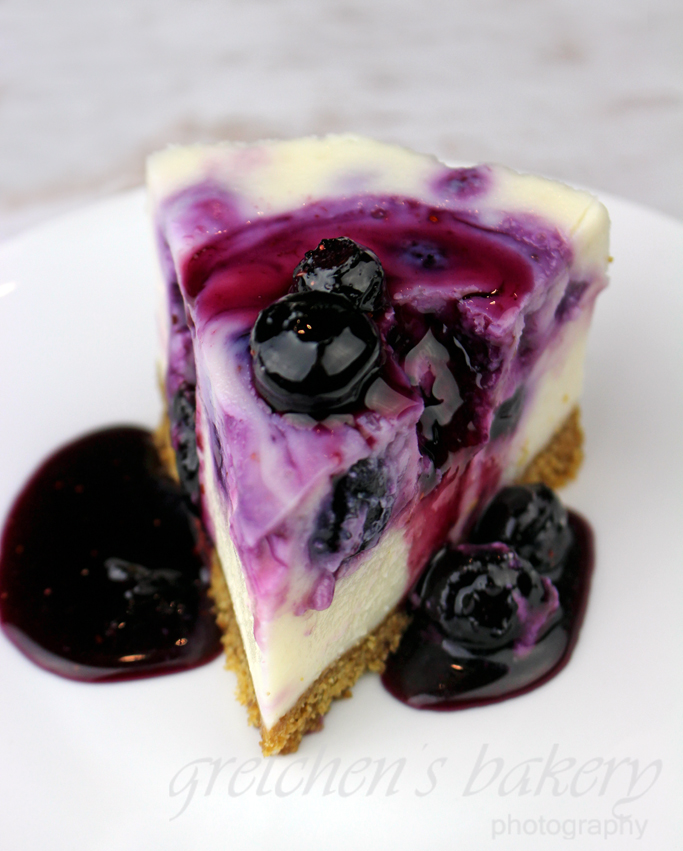
The other two types of agar available are bars and flakes.
The Bars are freeze dried agar and can be ground to a powder in a coffee or spice grinder.
One bar is equal to 2 teaspoons of powder agar.
The Flakes are less concentrated than the powder so this right away will pose a problem for easy conversion of recipes that call for powder.
Two Tablespoons of flakes is roughly equal to 2 teaspoons of powder
As we know measuring errors are the number one cause of recipe failure so just be sure to double and triple check your conversions and measures before beginning.
In a nutshell, to thicken 1 cup of liquid, use ¼ teaspoon of agar powder
I’ll get to more about conversions and strengths and how this can all mess with your recipes if we are not all using the same thing.
If you are substituting agar for gelatin in a recipe you can usually use the same amount of agar powder as the recipe calls for gelatin.
However unlike gelatin that gets mixed with cold water then melted and added to a recipe; agar must be added to a warm or hot liquid.
Once the agar solution starts to get cooled it will start to set!
Don’t confuse cooled with cold because agar will start to set as hot as 113°F
So you definitely have to work faster and be more wary of temperatures when working with agar.
Similar to gelatin though, some fruits are highly acidic and have enzymes (bromelin) that will interfere with the gelling properties of agar.
This can be counteracted by first boiling the fruit puree you are using in the recipe to deactivate those enzymes.
Additionally you may want to increase the amount of agar slightly in those fruits. Specifically kiwi, pineapple, mango, papaya and peaches.
However if you are using canned versions of those fruits, cooking is not required since the canning process has already done that.
Now let’s get to the topic at hand.
How do I know what my Agar strength is?
Hopefully your package of Agar will list its scientific properties of gel strength to give you a starting point.
The one I recently bought listed “Excellent Gel Strength 900g /cm2+”
What the heck does that even mean!?
Get ready for some science, yawn.
Gel strength is listed as grams per squared centimeter.
This is a unit that measures pressure.
The pressure that these molecules endure during a cooking process thus determining their absorption and expansion and gelling levels.
Ok so what does THAT mean!??
And why do I have to know this!?
Well, you don’t really have to know it, but you DO have to know where your agar strength falls.
Typically you will find agar sold in strengths from 700g/cm2+ to 1000g/cm2+
Similar to the way gelatin strengths are sold, they range from bronze to silver to gold.
Most pastry chefs will pick the mid range and go for silver and the same applies here with Agar.
The most common strength sold will be 900g/cm2+ and this will most likely be the strength used in recipes as well.
But when in doubt do a quick test.
Boil up 2 cups of water.
Add ½ – 1 teaspoon of agar powder.
Boil it and then simmer it for 2 minutes, then cool it.
See how it sets.
If it is too firm or too soft in comparison to what the recipe suggests to use, you can easily adjust your recipes from there.
I hope this takes some of the mystery and fear out of using agar.
I know the first time I used it in my vegan version for Mirror Glaze, I was like “What the…….?!”
Since working with new ingredients can often be daunting it will take some trial and error so don’t get too frustrated!
I hope you will give good ol’ agar a chance! Leave that gelatin alone! It is so disgusting! LOL
Oh yeah and one more thing if I have not yet sold you on converting to agar, unlike gelatin,
You can re-melt the agar gelled mixture!
For example if you wanted to add another ingredient to the recipe or pour it into a different mold or add more agar to make the gel more firm or add more liquid to soften it.
Just bring it all to a boil again, then cool it again without compromising its gelling abilities.
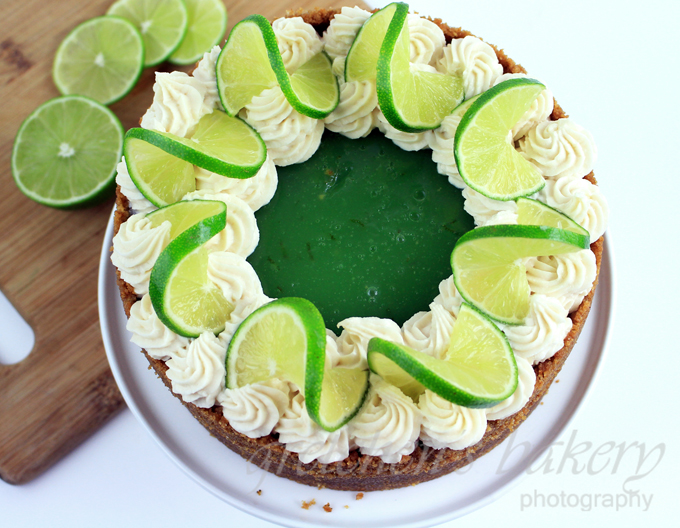
CLICK HERE FOR THE FULL YOUTUBE VIDEO ABOUT AGAR AND NO BAKE CHEESECAKES VS BAKED CHEESECAKES

For more recipes using agar click the links below!
- Caramel Flan
- Key Lime Cheesecake
- Pumpkin Mousse Cake

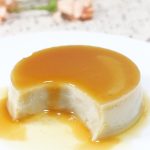

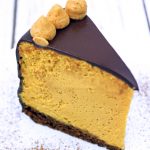
Wow, this article was great. I’ve never really liked jello that much to begin with either, but my better half is always making up new recipes. So some of the delicious dessert do required jello or a gelatin like substance to make it complete. We have already made the switch to Agar, with no regrets. This article was still very informative to me and you know they say knowledge is power, and right about now I’m feeling really powerful, lol. I appreciate everyone out there like yourself who takes the time to spread informative things like this and helps people like me maintain a better cleaner healthier life style. She’s a vegan and I’m a pescatarian so good ole Agar fits right in there perfectly and is a big winner with us. Again thank you and always stay positive.
Thank you for the comment, I wish you and your “better half” all the best <3 😉
I’m trying to make a vegetarian mousse cake, but I don’t really understand how to convert it.
If it’s a one to one ratio then it will still be different depending on the strength of the agar- right?
yes that’s true. CLICK HERE for my Chocolate Mousse recipes:
#1 Chocolate Mousse
#2 Two Ingredient Chocolate Mousse
Dear Gretchen, Here in Bahrain, I am able to get strips of agar. How should measure the strips?
2 Tablespoons of flakes is roughly equal to 2 teaspoons of powder
I would break up the strips grind them to a powder, then measure, as noted above the flakes are stringer than the powder
Hi! Is it true that mixing pectin and agar agar gives out a shinier glaze?
Hi! I haven’t tried that! I do plan to make my mirror glaze full vegan (as my original version was vegetarian only) so I will remember that and give it a test
I have a question. Do you know a source of agar agar that does not come from the ocean or Asia. I have a friend who is looking for this. I think it is legitimate to have concerns about how and where the agar agar is grown and whether the water it grows in is pure and does not have a possibility of coming from water that has metals or toxins. I have been googling to try to find a source that would not be worrisome in this regard.
Yes I agree with you, the way the environment is so carelessly contaminated, I think you have a very valid concern. It is sometimes noted where the origin of the ingredient comes from, if you are buying from a reputable source. Amazon is where I get most of my “exotic” or harder to find ingredients and they are pretty good about listing the manufacturer with their products
You can try using “Xanthan Gum” of European origin, if you think that’s safer.
And there’s also “Irish Sea Moss” thickener. Good luck!
Thanks for all the information, I had just found a recipe for vegan cheese that uses Agar Agar and from what I understood was that the more Agar you use the harder the cheese and less will be creamy. I hope it works. Thanks again.
Hi
This is great article which helped me a lot
Thank you so much!
I just want to know if you have any recipe to use agar agar powder to stabilize dairy whipping cream
If possible please guide me
Thanks in advance !
Thank you so much for the article.
Can we freeze products made from agar-agar?
It think it depends what you are putting it in. For example I sometimes add agar to my custard (specifically Diplomat Cream) which when frozen does not do well, but that is more because of the custard than the agar. I also add it to my no bake cheesecake~ BUT that also has a base of custard so again it is more the custard than the agar reacting poorly
So the short answer is YES! You can, but just think through WHAT you are actually freezing & can the other components of the dessert hold up to freezing